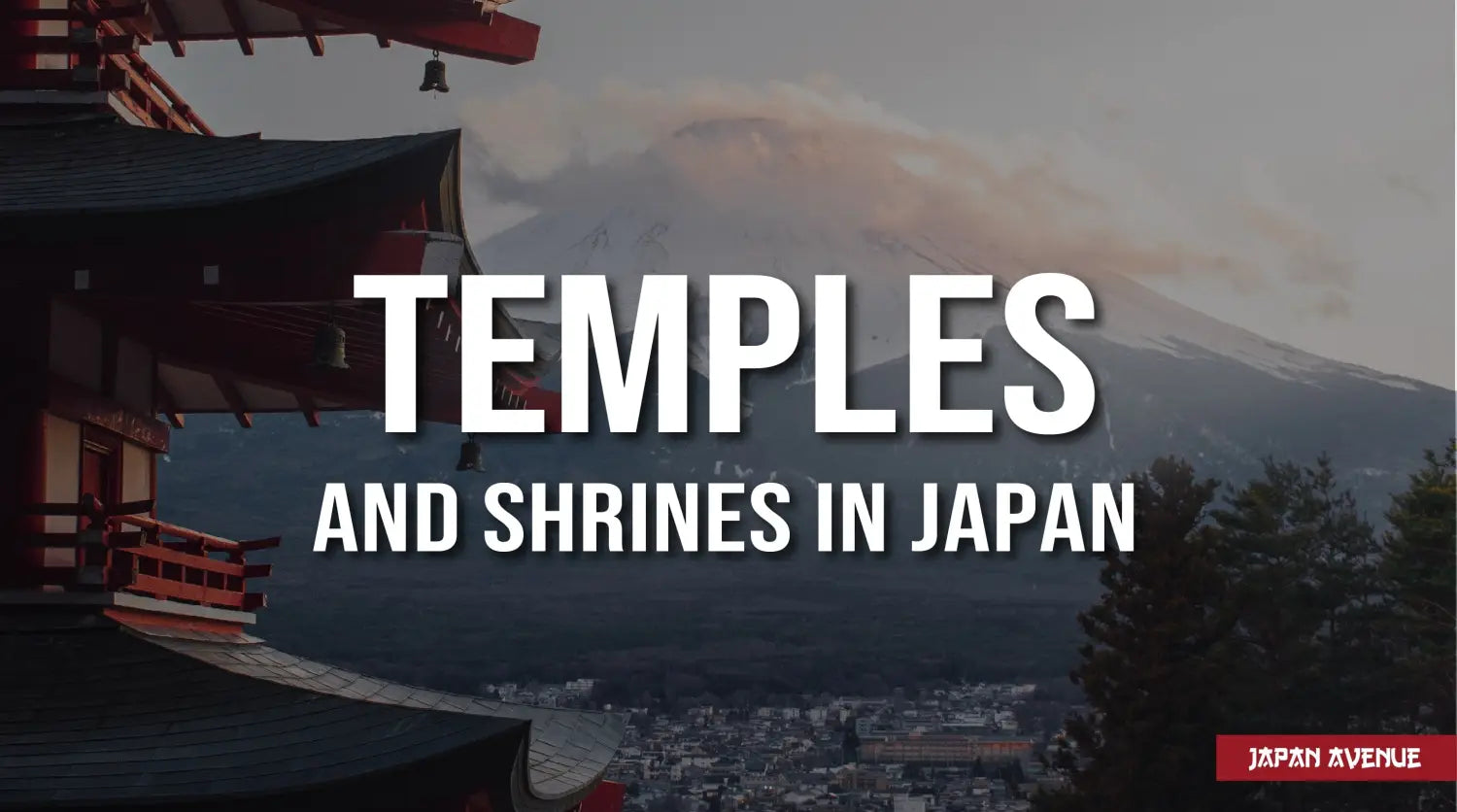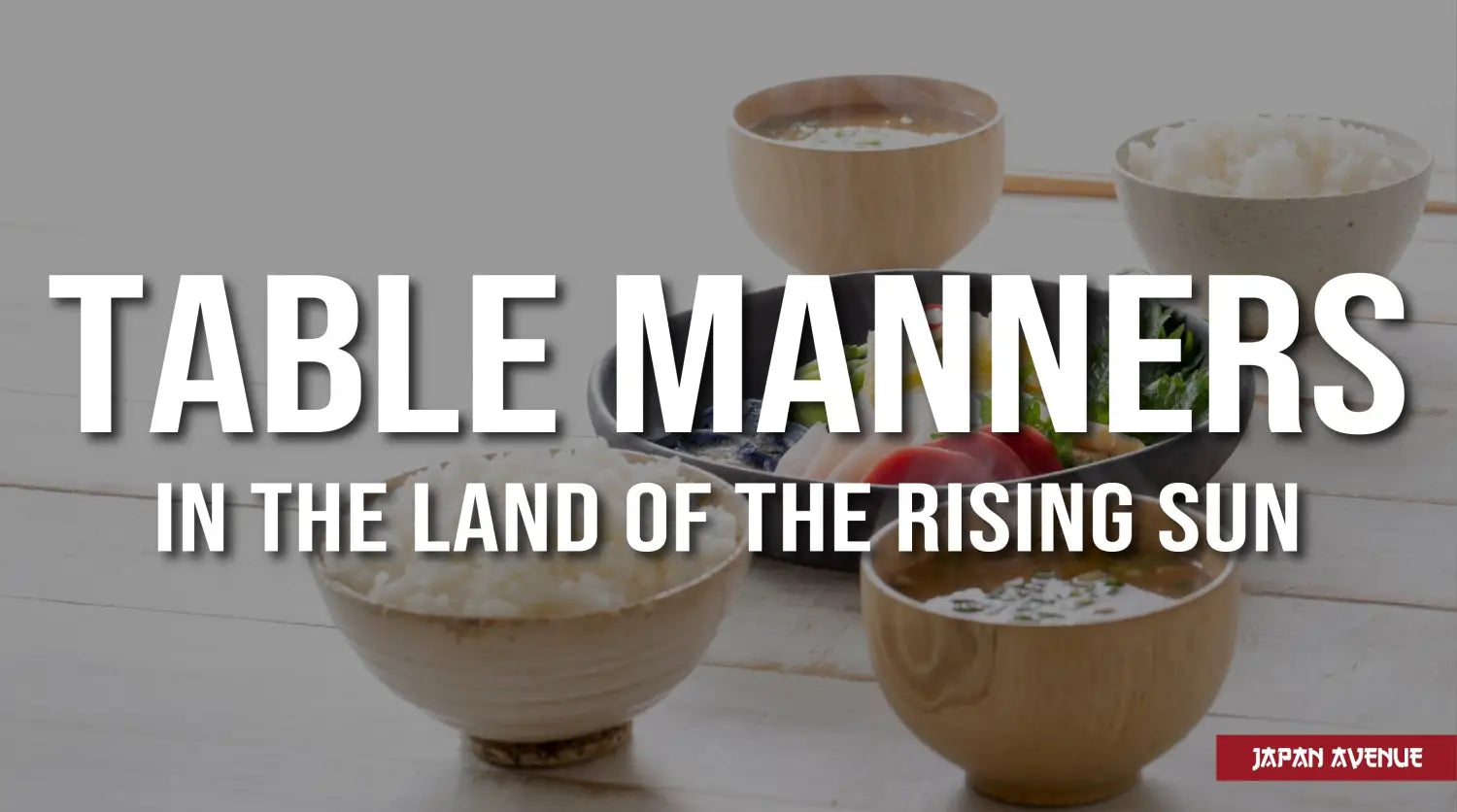In the Land of the Rising Sun, religious influences are very noticeable in the culture and spirituality that emanate from the inhabitants. Shintoism and Buddhism coexist in harmony for centuries and left a magnificent legacy of Japanese temples and shrines throughout the archipelago.
Discover more about these sacred places of Japan, which are considered as true cultural treasures.
🙋♂️ What is the difference between a temple and a shrine?
In Japan, two kinds of religious buildings can be found: Buddhist temples (寺) and Shinto shrines (神社). They share some common features and are often confused with one another. This is because they both feature traditional Japanese architecture: usually wooden structures with columns and typical large roofs...
The influences of both religions are mixed as much on the substance as on the form. Practices and rituals cross and it is not uncommon to find Buddha symbols in a Shinto shrine and vice versa. This is due to the religious syncretism that has persisted in Japan since the introduction of Buddhism around the 5th century. This is the phenomenon of combining totally different beliefs to create a new religion. However, in order to differentiate these two sacred monuments, you only have to pay some special attention to certain details.

Left: Daigo-ji Buddhist temple located in Kyoto. Right: shinto shrine located in Kyoto. Source: Pinterest
🛕 Japanese Buddhist temples
Buddhist temples are places reserved for the practice of Buddhism, a religion that originated in India. Buddhist temples have names ending with ji or dera.
Japanese people visit these places of worship during funeral ceremonies and religious festivals, in order to gather, pray and venerate Buddha. Buddhist rituals include meditation, prostration, offerings, incense, religious songs, mantras and sutras (sacred texts). It should be noted that the most common branch of Buddhism in Japan is that of the Pure Land and not Zen.
Unlike Shinto shrines, Japanese temples have neutral colors. Depending on the stream to which they belong, they may have different characteristics, however, we find the hondo or main building, a large tower or pagoda and the kodo, the room where the sacred writings are kept. The door of a Japanese temple is called a " mon " and is distinguished by its shape and its imposing size. The entrance is guarded by two nio which prevent demons from entering the enclosure. Other elements are also typical of Buddhist architecture such as the gigantic roof and the large incense burners... In addition, inside a Japanese temple, statues of Buddhas or Bodhisattvas (Buddhas on the path to enlightenment) can be found. Lastly, these religious buildings have beautiful gardens (sometimes Zen) and a cemetery nearby.
⛩ Shinto shrines
Japanese shrines are related to Shintoism. This is the primitive religion of Japan, based on nature worship and mythology. People go here to pray for good fortune, to celebrate weddings and to venerate the kami (Shinto gods). Ceremonies are performed by Shinto priests and assisted by miko (young girls in traditional costume). Likewise, rituals are performed (purification, ringing the bell, clapping, bowing...) in a very precise way. Finally, in a shrine, it is possible to draw lots for predictions (omikuji), to write prayers on wooden cards intended for the kami (ema) or to buy amulets (omamori).
A shrine is always dedicated to a deity. It is the place where the kami comes on earth; its home in some way. We do not especially find statues with his effigy, but representations of symbolic animals or the 7 lucky gods. In addition to their names ending in jinja, taisha, jingu or gu, Japanese shrines often present bright colors. We can find the famous vermilion or orange-red as well as many gildings on the facades of the buildings. At the entrance you will find a torii. This is a portal in the form of a perch which separates the sacred place of the kami from the profane world. You probably have already seen the iconic submerged torii of the sacred island of Miyajima on postcards. On the path leading to the haiden (place of worship) we find the chozuya, a fountain used for purification. Finally, the honden or main building of the shrine is the most sacred place of the site.
Other elements are specific to shrines such as the komainu. These statues of dog lions placed at the entrance of the building are the guardians of the place. Their role? To ward off evil spirits. We also note the presence of shimenawa, a sacred rope braided in rice straw which protects the kami.
🙋♀️ How many temples and shrines exist in Japan?
In the Land of the Rising Sun there are more than 100,000 Japanese shrines, spread throughout the country. As for the number of temples, they are estimated to be around 80,000. Tokyo, Kyoto, Nara, Nikko and Miyajima are cities full of places of worship to visit. In addition, the regions of Kansai, Kanto and Aichi Prefecture are home to many Japanese temples.
🤩 The most famous Japanese shrines and temples
While all shrines and temples have their unique charm, some are absolutely unmissable. Because of their beauty, originality and history... Let's discover the top 10 temples and shrines to visit in the Land of the Rising Sun:
🌟 Kinkaku-ji

Source: jrailpass.com
Also known as the Golden Pavilion, or Golden Temple in Japan, the Kinkaku-ji shines brightly with its golden leaf ornament. Located in the historical city of Kyoto, it was built in the 14th century by the shogun Ashikaga Yoshimitsu. It is the most famous Buddhist temple in Kyoto. Despite several fires, the Golden Pavilion and its beautiful park remain on the UNESCO World Heritage list.
🌞 Ise Shrine

Source: sworld.co.uk
In Mie Prefecture, not far from Isuzugawa Station in the authentic town of Ise, lies the Ise Grand Shrine. This most sacred place of Shintoism consists of a multitude of buildings in the heart of Ise-Shima National Park. The two major sites are the inner shrine and the outer shrine. The first one dating from the 4th century is dedicated to the kami Amaterasu, the most important deity of Japan and the second to Toyouke, goddess of food. Little crazy fact: The inner shrine is rebuilt every 20 years as a token of purity!
🎎 Meiji-Jingu

Source: planetofhotels.com
Located in Tokyo, the Meiji-Jingu Shrine is a true treasure. It houses the spirits of the late emperor Meiji and his wife. Destroyed at the end of World War II, it was restored in 1958.
🦊 Fushimi Inari-Taisha

South of Kyoto, the iconic Fushimi Inari shrine is the most famous shrine in Japan and probably the most famous in the world. This place of worship guarded by fox statues is simply incredible with its torii tunnels. It is dedicated to the goddess of trade and prosperity: Inari.
👩🌾 Izumo-taisha

Source: Wikipedia.
This is one of the oldest and highest Shinto shrines in Japan. Located in Izumo (Shimane) between sea and mountain. This sacred monument presents an exceptional architecture in taisha-zukuri style. Classified as a National Treasure, this high place of Shintoism dedicated to the god Ôkuninushi (god of agriculture and medicine) is renowned in Japanese mythology.
🍀 Katsuo-ji

Source: travel.gaijinpot.com
Famous for its thousands of daruma, also known as lucky dolls, Katsuo-ji is located in the mountains near Osaka. This temple of luck is said to have granted the wishes of emperors and shoguns.
🙏 Senso-ji

Source: Wikipedia.
This Japanese temple known for being the oldest temple in Tokyo is located near the Sumida River. Built in the 7th century, then completely rebuilt in 1958, this temple is dedicated to Kannon, bodhisattva of compassion. It is distinguished by its imposing colors, architecture and size.
😸 Gotoku-Ji

Source: takaski.com
With its Maneki Neko, this Tokyo temple is one of the most remarkable. Its altar housing countless statues of lucky cats and attracts many visitors every year.
📖 Todai-ji

Source: Wikipedia
In Nara, the Toda-ji temple is among the most popular in Japan. Listed as a UNESCO World Heritage Site, this 8th century temple houses the world's largest wooden building named Daibutsu-den and its 18-meter high bronze Buddha.
🌳 Togakushi-jinja

Source: Wikipedia
In Nagano Prefecture next to Mount Togakushi we find the wonderful Togakushi-jinja shrine. Nestled in the heart of nature, this Shinto complex, composed of 5 shrines, is a true reward after the effort of the walk. It is also famous for having hidden the sun goddess.
Japanese temples and shrines are mystical places not to be missed during your trip to Japan. High places of Buddhism and Shintoism, these religious monuments will impress you by their architecture while enveloping you with serenity.



